Strona główna
“Poprad” with “Piorun 2” missiles - “Osa” SAM System Replacement

Should a decision be made to upgrade the “Poprad” mobile anti-aircraft system with extended range missiles, then solution as such would offer range comparable to the post-Soviet “Osa-AK” SAM system. The Polish industry remains ready to develop and manufacture an effector as such.
The fact that “Osa-AK” system is still being operated by the Polish military can be perceived as a proof of relevance of systems as such in the domain of direct air defence, with those capabilities provided for the fighting military units. However, neither the “Narew” SHORAD solution, nor the “Poprad” VSHORAD system (the latter being introduced into the inventory of the Polish military now) can replace the Osa (SA-8 Gecko) platform.
Putting the “Narew” system into use in a manner that would be optimized would mean that it the system in question shall be used against targets at ranges from 10 to 40 kilometers. Launching these missiles against threats closer to the launcher would be a major waste of their capabilities. “Poprad”, meanwhile, utilizes “Grom” or “Piorun” effectors coming from MANPADS launchers. Thus, the range and altitudes at which these missiles would be effective are relatively small (up to 4.5 kilometers of altitude and up to 6.5 kilometers of range).
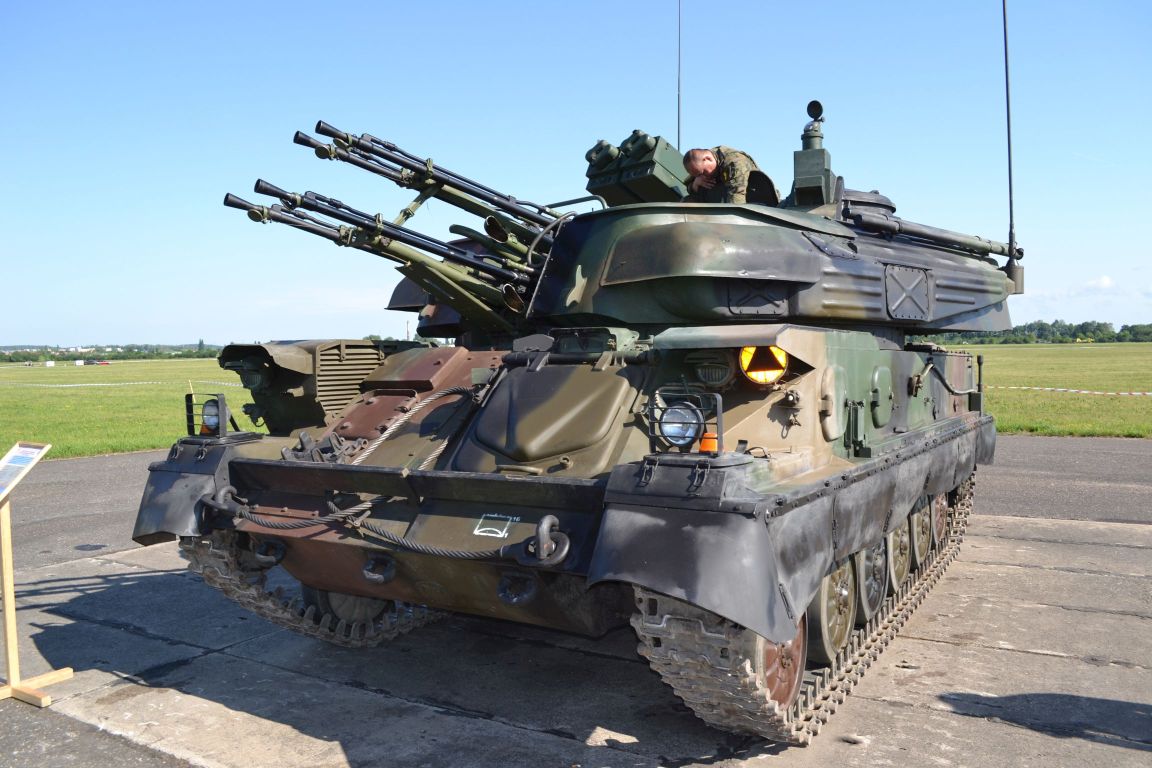
Despite the fact that “Osa-AK” SAM and “Biała” and “Shilka” AAA systems will be approaching the end of their service very soon, introduction of a replacement has only been a subject to analysis and discussions resulting in definition of new operational requirements (such as the “SONA” operational requirement, aimed at obtaining the capability to provide direct air defence for the armoured units).
Meanwhile, using technologies and capacities already acquired and available, the Polish industry may, in three years, develop and manufacture a test-ready, relatively cheap anti-aircraft missile with a range of 12 kilometers, capable of neutralizing threats flying at the altitude of up to 7 kilometers. Furthermore, this missile could be integrated on the existing mobile “Poprad” systems without any issues.
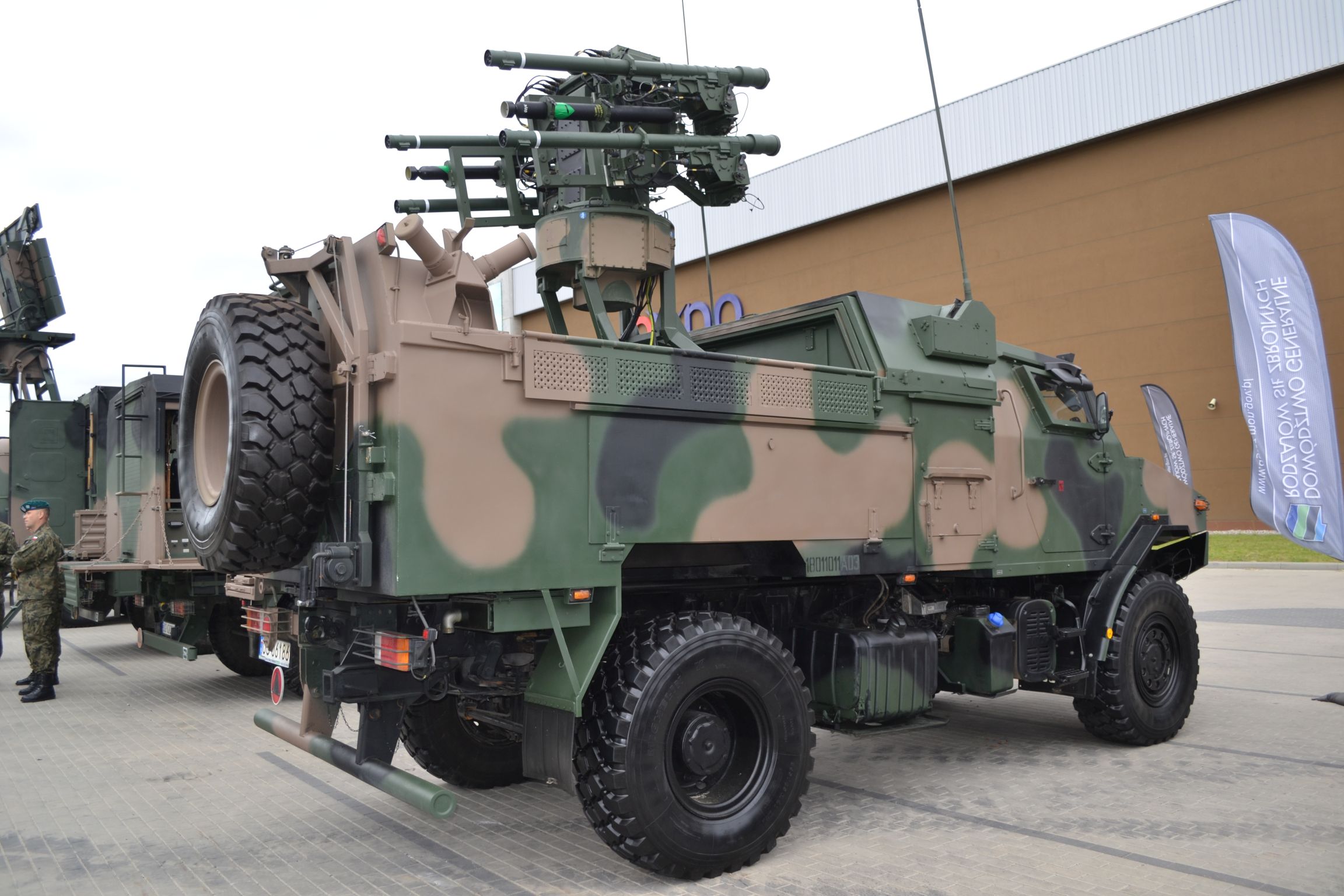
“Błyskawica” - a Failure with Usable Conclusions
“Błyskawica” programme has been the most significant of the Polish missile development projects over the last decade, alongside the “Piorun” project that turned out to be a major success. The objective adopted “Błyskawica” was to develop an anti-aircraft missile with “10 km+” range that would be able to neutralize threats flying at the altitude of 7-8 kilometers. These performance figures would be slightly better than the ones associated with the ex-Soviet “Osa-AK” solution (range of 10 kilometers, altitudes of up to 5 kilometers).
Polish engineers used the Russian mobile “Pantsir” system as an inspiration. Back in the 1980s the platform in question was, most probably, considered as a potential missile donor for the missile variant of the “Loara” system. Later on the idea was revisited and a plan was born to autonomously develop a counterpart of the Russian missile that was, ultimately, to become a replacement of the “Osa-AK” solution.
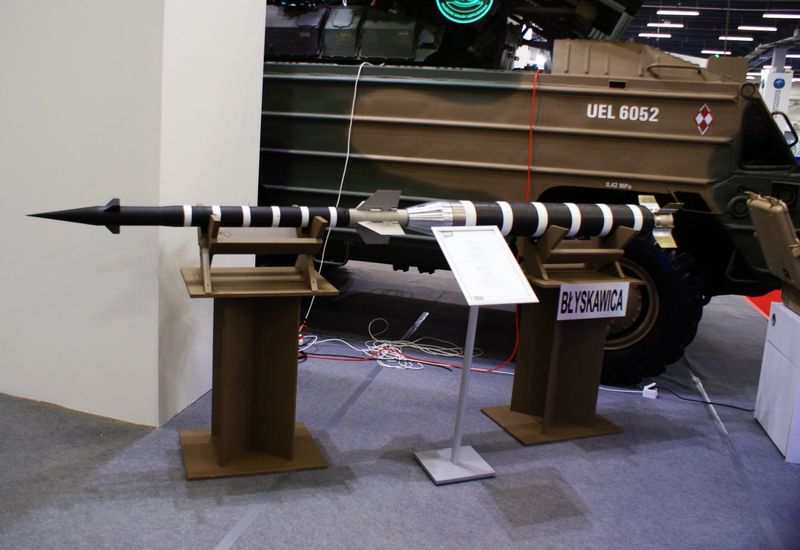
The consortium established to work on this task was led by the WAT Military University of Technology (Faculty of Mechatronics and Aviation). As it turned out, the missile had to be developed from a scratch, propulsion section included. It was assumed that the Polish missile would be a two-stage design. Hence, a new propulsion system needed to be developed for the first stage, and also the second stage was to be designed. The second stage was to have no engine - it was only to be accelerated. After the first stage detached, the second one, using the kinetic energy, was to fly along a controlled ballistic trajectory.
It was clear that at short (not “very short) range of beyond 10 kilometers, proper commands should be sent to the missile, or an INS system should be used instead. Needless to say, in both cases this was an entirely new tech for Poland. During the second part of the flight the missile should use a radar seeker of its own, for guidance purposes. Theoretically it all came down to transfer of control signals from the tracking radar to the second stage that would decrypt them and execute the control inputs. The tracking radar was to verify whether everything was going on as planned.
The Polish engineers, however, did not succeed in building a system as such for a missile flying at a speed of Mach 2 - Mach 3. Never before did anybody try to accomplish a task as such in Poland. A few years ago Poland carried out an upgrade of its “Vega”, “Neva”, “Kub” and “Osa” systems. Nonetheless, the modernization concerned, primarily, the ground equipment. When digitalizing the whole system, no steps were made to modernize the missiles or their guidance elements.
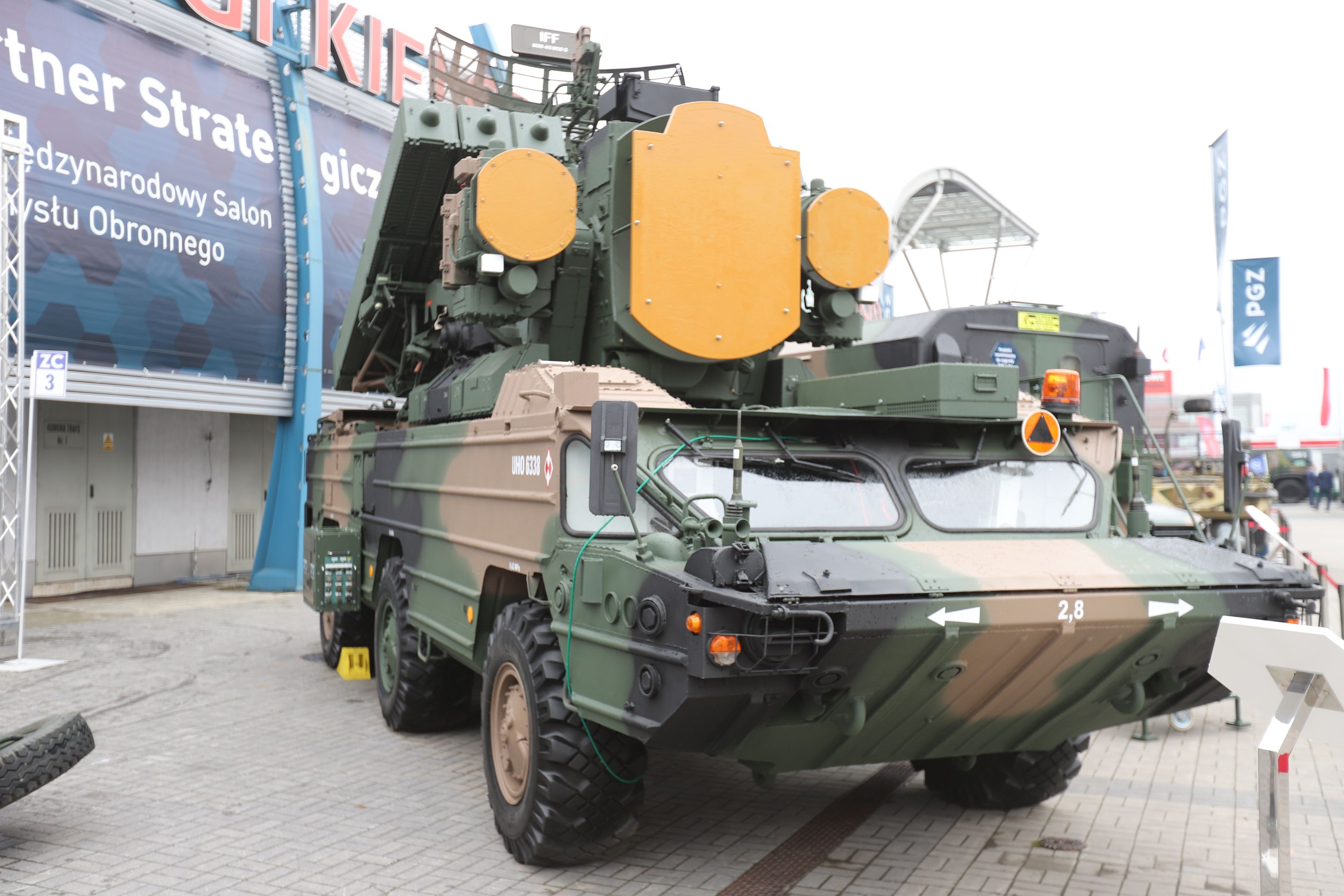
Not having a readymade solution available at hand and not being able to design it from a scratch, solely the autopilot system was created as a part of the second stage demonstrator, that had commands programmed with those commands being executed by the missile in flight. The first stage was built in its entirety. It was developed by the ZPS Gamrat S.A. facility (with a new composite propulsion system body, developed at Mesko S.A.). The whole work was conducted under the guidance of Mesko S.A.
The rocket motor installed in Błyskawica was accelerating the missile to the velocity of 1280 meters per second in 2.4 seconds. This has been a major feat, considering the fact that total weight of the missile was about 70 kilograms. After 2.5 years the “Błyskawica” missile was tested at the Wicko Pomorskie range. Following the initial failures, the tests went well later on. The first stage was separating correctly with the second being able to maneuver to the maximum distance of up to 6-7 kilometers. The tests were carried out in Wicko and the missile could have been launched only with an elevation of 10 degrees, due to the fact that range area was quite small.
The project came to an end in 2014. However, it could not have been considered as a total success. The engineers had no idea who, in Poland, could create a missile control system that could use the radar commands. The work was abandoned. However, Mesko gathered relevant experience required and necessary to continue development of this sort. It turned out though, that the Polish industry could develop a single-stage missile of this class derived from the Piorun MANPADS. Initially the project received the name “Piorun 2” or “Piorun Plus”.
“Piorun 2” - A New Missile for the “Poprad” System
“Piorun 2” project is not an extension of the “Błyskawica” research initiative. It shall rather be viewed as an extension of the original “Piorun” programme. Being aware of the limitations of the Polish industrial expertise, the engineers assumed that a single-stage missile would be developed. It would also not have a control system using the tracking radar. Instead of that, it was decided to create a twin-stage guidance system. First, the missile would be operated as a beam-rider, on the basis of laser guidance. Then, during the second stage of flight (self-intercept), the missile would be using an IR seeker.
The concept was presented during a discussion panel that was a part of the “95 years of Mesko serving the Homeland” conference, involving Gabriel Nowina Konopka, Mesko Vice-President and Janusz Noga, President at the Telesystem-Mesko company.
In case of the control unit, a decision was made to continue the work on the basis of experience gathered during the development of APR 155/120 mm artillery rounds and during the PIRAT programme.
Preliminary design of the Piorun 2 missile was developed at CRW Telesystem-Mesko. In case of the engines, the experts at Mesko S.A. shall get them more powerful by widening and elongating them slightly. This could, as simulations have confirmed, extend the range of the “Piorun 2” missile beyond 11 kilometers. As the seeker itself can intercept the target at a distance of around 8 kilometers, depending on the weather, it was assumed that the missile would be operated as a beamrider during the first part of its flight towards the target. The technology in question has been mastered quite well in Poland, contrary to radar-based guidance solutions. Thus, documentation concerning a laser receiver for this missile is already available. A concept is being prepared for a laser emitter that would need to be placed in the launcher tracking-guidance system, such as the one installed on the “Poprad” platform.
The emitter itself needs to send properly encoded signals. This is why it remains quite important to develop it domestically. Only then the emitter would allow the user to attain complete autonomy and security in employment of the whole system. To create a beam generator, cascade lasers would be used, developed by the ITE (Institute of Electron Technology) based in Warsaw. Let us recall that ITE was the very entity that developed receiving detectors for the “Piorun” missile proximity sensors.
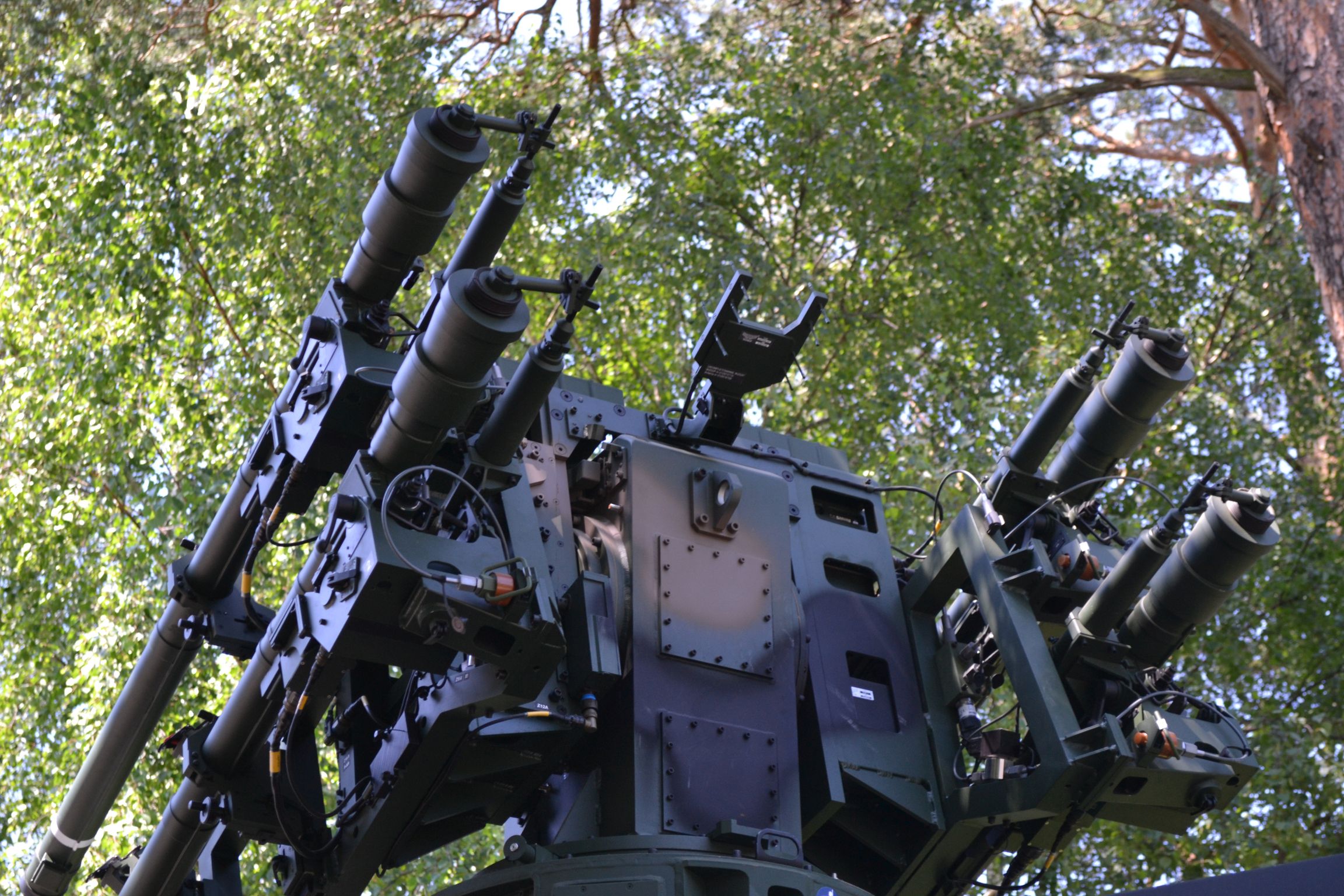
Thanks to use of cascade lasers an ability to fine tune the wave would be available and thus the wavelength that would not be detectable by the laser warning receivers the enemy uses could be adopted. The wavelength could also be optimized weather-wise, e.g. for foggy conditions. The laser system would be then able to guide the missile through weather during the first stage of the flight.
Should guidance solution as the one described above be employed in case of the “Poprad” system used to launch the “Piorun 2” effectors, the engagement sequence would be defined as follows:
- Detection of the threat and interception by the automated tracking system;
- Missile launch command;
- Ignition of the motor, deployment of stabilizers and control surfaces;
- Ignition of the sustainer motor;
- Flight of the missile in the information area for the laser guidance instrument;
- Interception of the target by the missile seeker;
- Ignition of the secondary motor;
- Transition to autonomous guidance mode, according to the predefined algorithm.
To start the process of replacement of the “Osa-AK/AKM” systems, the military only needs to place a relevant order, everything else seems to be ready. The multispectral IR seeker may achieve the 6th level of technology readiness by the end of 2019. The Polish industry declares that three years would be required, from the moment the programme begins, to start the test launches. This tempo is attainable. Starting from the first tests, an existing seeker developed by Telesystem-Mesko may be used. It allows for scanning of the airspace and locating the target after the missile is placed in the guidance cone with the use of the laser-based initial guidance system.
Obviously, this means that half-a degree detector is only available then - the cone within which the airspace would be scanned has as angle of 1 degree. However, as the research has shown, it would ultimately be enough to refine the detection system so that the scanning angle is extended. Solution as such remains “within reach” of the Polish industry then.
Missile and the System
The initial estimates show that a missile with a range of several kilometers with a dual guidance system would weigh, container included, around 40 kilograms. Thus the missile is, undoubtedly, too large for employment in MANPADS. However, it is light enough so that rotation system is designed for it along with integration on the “Poprad” platform, even when 4 missiles are installed. Nonetheless, it seems that 2x”Piorun” and 2x”Piorun 2” would be an optimal solution. Noteworthy, the launch turret of the “Poprad” platform has some reserve payload capacity that may be used now.
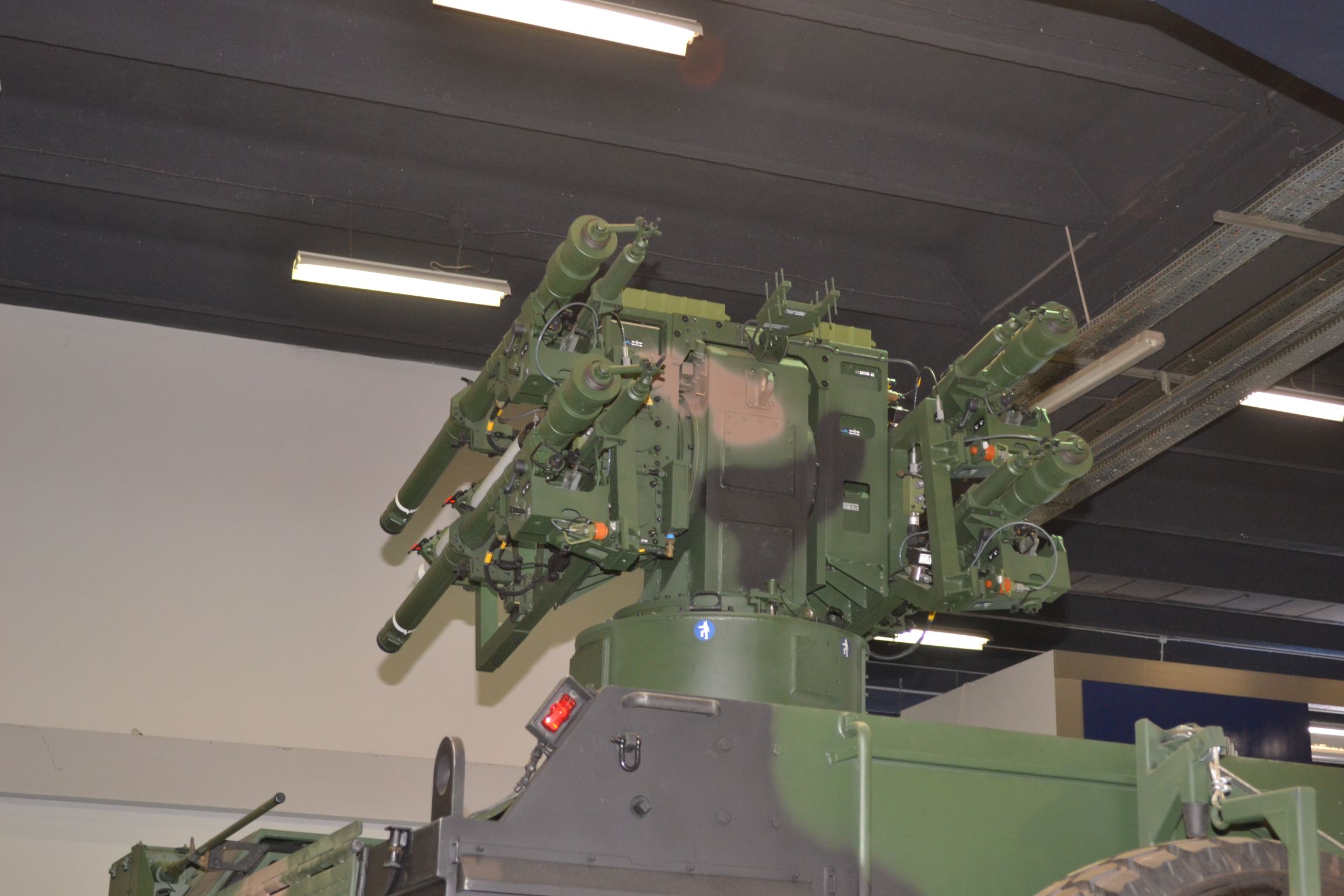
The length of the “Piorun 2” missile (ca. 1980 mm), when compared to the “Piorun” and “Grom” effectors would not really have a limiting impact on mobility of the Poprad missile system optoelectronic unit. This, however, needs to be confirmed by further analysis. Thanks to the above, the sensor would still be able to perform a 360 degrees rotation with available elevation angles between -10 and +70 degrees. Precision positioning of the laser seeker needs to be verified. This seeker is the element that needs to deal with guiding the missile in the laser beam.
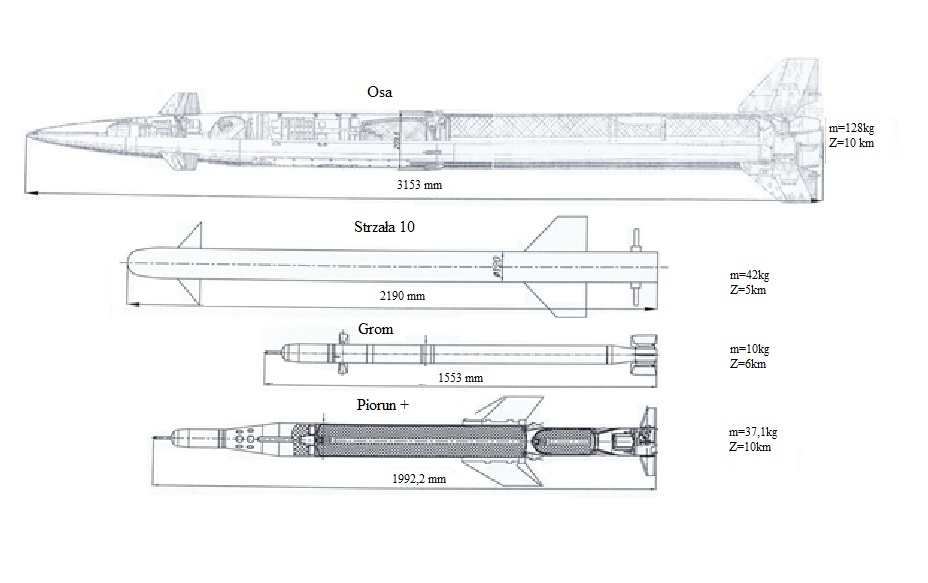
One of the features that distinguishes “Piorun 2” from “Grom” and “Piorun” is the fact that “Piorun 2” utilizes two motors. The larger sustainer motor that is in operation during the phase I of the flight is placed in front of the auxiliary motor ignited during the terminal phase of the engagement. However, “Piorun 2” is not a two staged missile, none of the stages would be jettisoned during the flight. The peculiar nature of the propulsion system has also been conditioned by the fact that the missile is operated as a beam-rider, during the first phase of the flight. For that reason the nozzles cannot be placed in the rear of the missile - they would be arranged on its sides.

Contrary to what may seem, the project aimed at development of the “Piorun 2” missile, undertaken by Mesko S.A. and CRW Telesystem-Mesko is the fastest way to obtain a replacement of the “Osa-AK” system and to modernize and gradually enhance performance of the “Jodek” and “Biała” solutions. Consortium working on the “Piorun 2” effector could be jointly managed by Mesko S.A. (missile) and Telesystem-Mesko (guidance system). The remaining facilities and R&D entities should be tasked with accomplishing the specific portion of work in the aforesaid programme. One of the important features of solutions of this kind that is the fact that they may be used to create a passive CIWS.
Presence of the “Piorun 2” missile alone would create a threat that would force the potential adversary to operate the helicopters at distances outside the missile envelope that would also remain outside of the envelope of the ATGMs carried by those helicopters (8-10 kilometers radius).
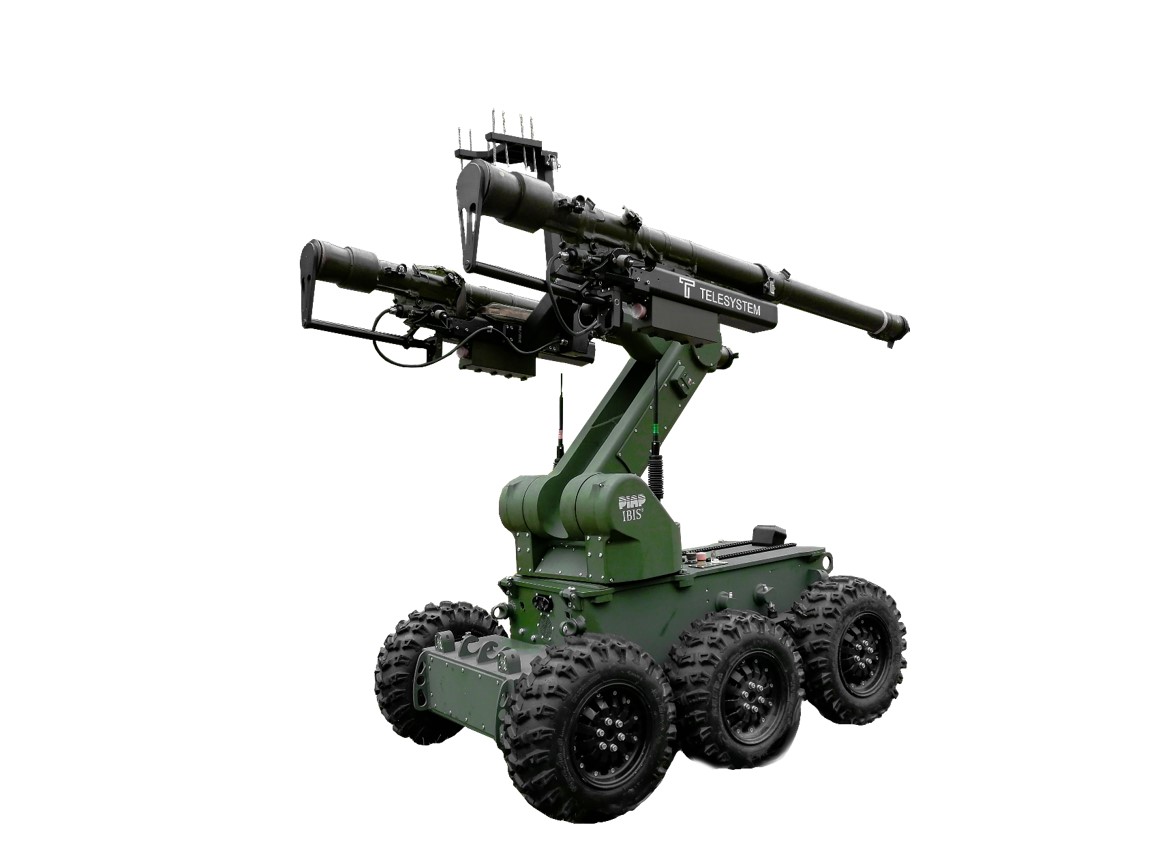
“Piorun 2”’ missile has yet another advantage: it may become quite common as it would not require any extra, dedicated infrastructure. It is proposed that the effector is installed on unmanned land platforms. This would constitute a natural evolution of the “Perkun Grom/Piorun” system. It would become a “Perkun Piorun 2” solution.
Another possibility is to use the “Piorun 2” missile technology for the purpose of creating armament for the Polish UAVs and helicopters, providing these with an air-to-air capability.
